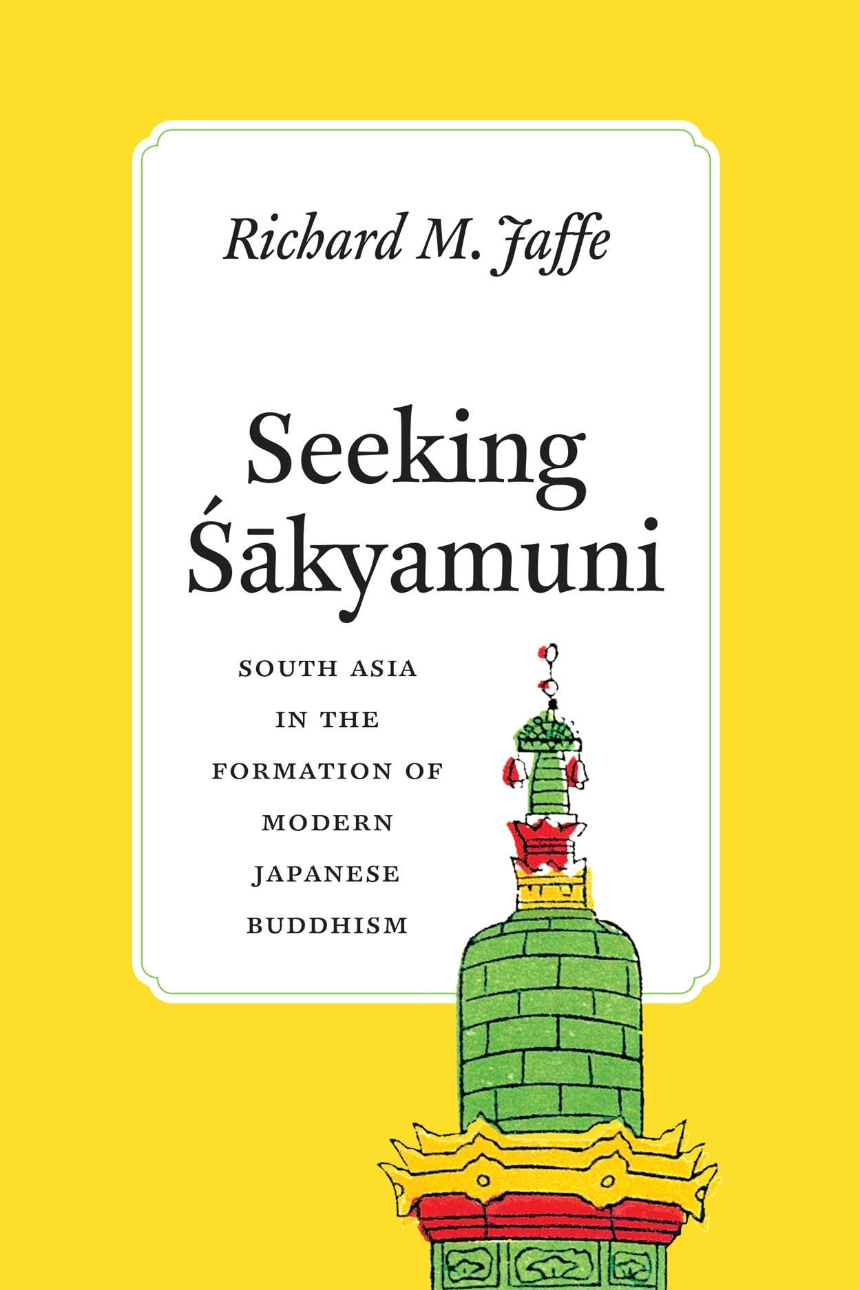Seeking Sakyamuni
South Asia in the Formation of Modern Japanese Buddhism
9780226391151
9780226391144
9780226628233
Seeking Sakyamuni
South Asia in the Formation of Modern Japanese Buddhism
Though fascinated with the land of their tradition’s birth, virtually no Japanese Buddhists visited the Indian subcontinent before the nineteenth century. In the richly illustrated Seeking Śākyamuni, Richard M. Jaffe reveals the experiences of the first Japanese Buddhists who traveled to South Asia in search of Buddhist knowledge beginning in 1873. Analyzing the impact of these voyages on Japanese conceptions of Buddhism, he argues that South Asia developed into a pivotal nexus for the development of twentieth-century Japanese Buddhism. Jaffe shows that Japan’s growing economic ties to the subcontinent following World War I fostered even more Japanese pilgrimage and study at Buddhism’s foundational sites. Tracking the Japanese travelers who returned home, as well as South Asians who visited Japan, Jaffe describes how the resulting flows of knowledge, personal connections, linguistic expertise, and material artifacts of South and Southeast Asian Buddhism instantiated the growing popular consciousness of Buddhism as a pan-Asian tradition—in the heart of Japan.
320 pages | 33 halftones, 1 table | 6 x 9 | © 2019
Asian Studies: East Asia, South Asia
History: Asian History
Religion: Religion and Society, South and East Asian Religions
Reviews
Table of Contents
Acknowledgments
Conventions
List of Abbreviations
Introduction: Locating Tenjiku
1 South Asian Encounters: Kitabatake Dōryū, Shaku Kōzen, Shaku Sōen, and the First Generation of Japanese Buddhists in South Asia
2 Kawaguchi Ekai, Globalization, and the Promotion of Lay Buddhism in Japan
3 Following the Cotton Road: Japanese Corporate Pilgrimage to India, 1926–1927
4 Buddhist Material Culture, “Indianism,” and the Construction of Pan-Asian Buddhism in Twentieth-Century Japan
5 Global Waves on Ōmura Bay: The English Translation of the Gedatsu dōron (The Path of Freedom)
6 Deploying South Asian Buddhism
Glossary
Bibliography
Index
Conventions
List of Abbreviations
Introduction: Locating Tenjiku
1 South Asian Encounters: Kitabatake Dōryū, Shaku Kōzen, Shaku Sōen, and the First Generation of Japanese Buddhists in South Asia
2 Kawaguchi Ekai, Globalization, and the Promotion of Lay Buddhism in Japan
3 Following the Cotton Road: Japanese Corporate Pilgrimage to India, 1926–1927
4 Buddhist Material Culture, “Indianism,” and the Construction of Pan-Asian Buddhism in Twentieth-Century Japan
5 Global Waves on Ōmura Bay: The English Translation of the Gedatsu dōron (The Path of Freedom)
6 Deploying South Asian Buddhism
Glossary
Bibliography
Index
